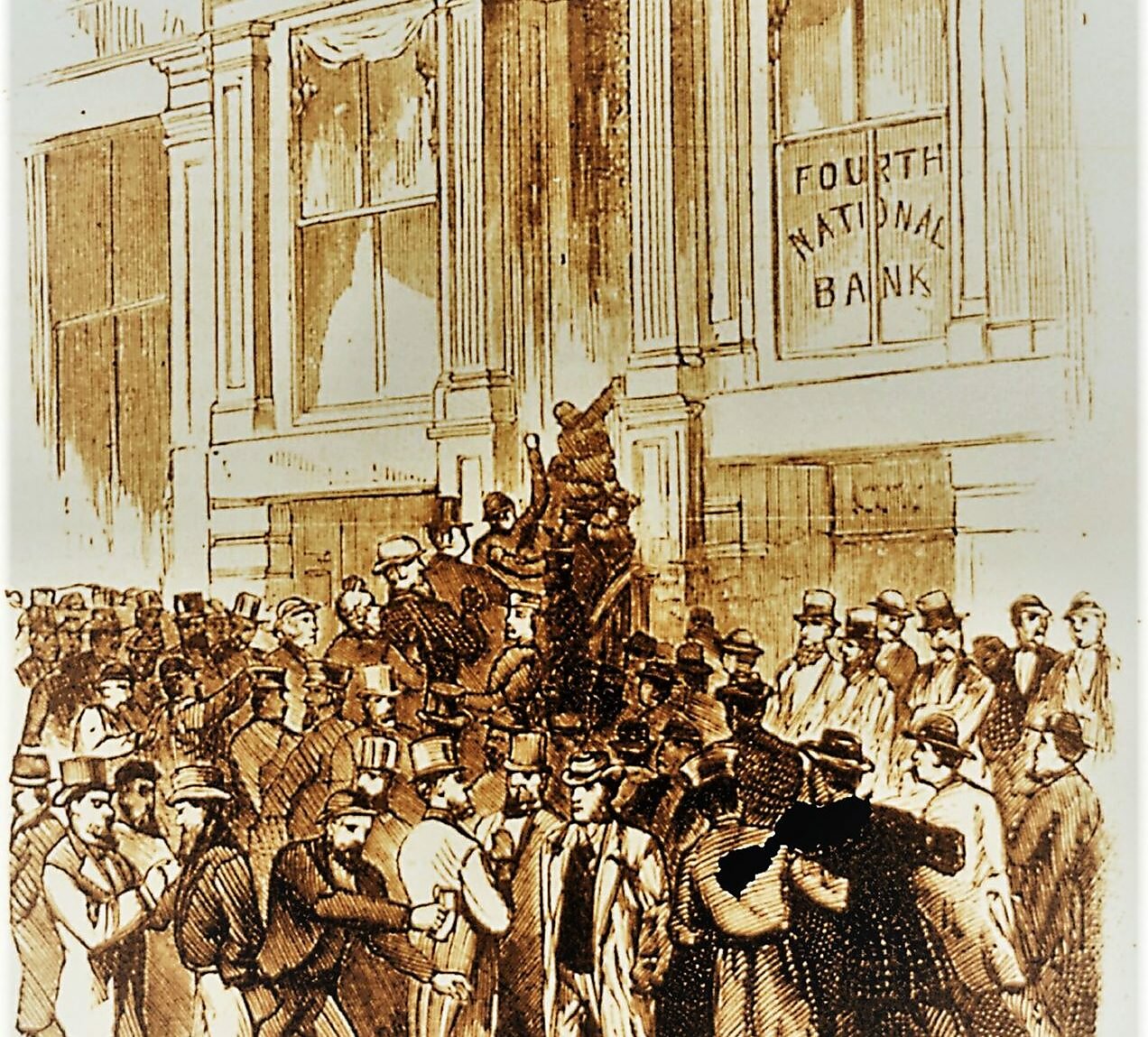Ranked choice voting had a good showing at the polls this month, meeting with approval in eight of the ten cities and counties to consider it, including Seattle, Portland and surrounding Multnomah County, Ore., Fort Collins, Colo., and Evanston, Ill. (Two Washington counties, Clark and San Juan, rejected the idea.) Perhaps most significant, Nevada voters approved Question 3, which would make Nevada the second state to adopt the double reform pioneered by Alaska: replacing conventional party primaries with a universal qualifying round from which the top five candidates (four in Alaska) advance to a general election employing RCV. (Nevada voters will get a second look at the measure, since under state law a constitutional amendment does not get adopted until voters approve it twice.)
Much of the ensuing political chatter has been stirred by conservative complaints that these voting methods somehow tilt toward candidates from the left side of the spectrum. I’m with Eric Boehm in Reason (who also quotes me): conservative losing House candidate Sarah Palin was simply not popular with enough Alaskan voters, who on the same day and using the same rules re-elected moderate Republican Senator Lisa Murkowski and conservative Republican Governor Mike Dunleavy. As I wrote last month,
right‐leaning parties have done quite well in Australia and Ireland, both of which have used ranked choice voting for a century (and are among the world’s most stable democracies). In August, Canada’s Conservatives used ranked‐choice to pick Pierre Poilievre to fight the next election against Justin Trudeau’s Liberal Party.
Writing in Vox just before the election, in a piece worth reading throughout, Andrew Prokop reported that many committed progressives are also cool to Final Five, because they see the threat of knocking off Democratic moderates in the primary as currently giving them a lot of leverage to yank those candidates leftward. “Activists really like the current primary system because turnout is low and it’s easier for them to influence the outcome, according to” one progressive he talks to. Under the Alaska rules, by contrast, candidates at odds with their party’s activist core can hope to win anyway if they can appeal to many independents or members of the other party.
That’s not a right-versus-left tilt, although it may count as a normie-versus-political-obsessive tilt. The bottleneck Final Five removes is currently exploited for purposes of control not only by activists of left and right, but also by party machines. Moreover, it isn’t just centrist or technocratic politicians who may be skilled at winning support from voters not registered with their own party — figures as diverse as Donald Trump, Bernie Sanders, and Ronald Reagan have all been known for that.
Note also that a central and apparently successful theme of Question 3 proponents in Nevada was that Final Five would decisively open up the process to independent voters, putting them for once on the same legal footing as their R- or D‑registered neighbors. With independent voter registration having trended upward for two decades, that’s likely to shape up as a powerful political argument as proponents of the Alaska plan turn to new states.

